
San Sebastián, where the Misiones Rainforest is reborn
When he was a kid, he didn’t want to be a first-division footballer or an astronaut; as a child, he dreamed of having his own national park. At eleven, he took his first adventure trip and the next year, Patagonia welcomed him again with open arms. His connection with nature was never broken and young Matías became a nature photographer, a profession that he still enjoys like the first day. This gave him the opportunity to travel around different places in Argentina, looking for the perfect picture of a bird, a snake, or a mountain lion in the cold south. Twenty eight years later, slowly but surely, in the Misiones rainforest, Matías Romano made his childhood dream come true.

While the world is courageously fighting against wildfires in the Amazonas rainforest or the environmental disaster in Australia, in a remote corner of Misiones, Matías leads an unprecedented process to regenerate the Misiones rainforest by growing native species. There is no other similar initiative in this province. Maybe the rewilding done by Conservation Land Trust in the Iberá Wetlands resembles it, although it is focused on fauna rather than flora.
A while ago, Matías came to Misiones as a nature photographer, and he was impressed. Then, he arrived in Andresito, where a friend of his had bought a farm, and as the saying goes, the red soil stuck to his skin.
He first partnered up with his friend, and later he ended up buying San Sebastián de la Selva, a farm of almost a hundred hectares, wedge-shaped, located in a large portion of the Misiones rainforest, in front of the Provincial Park Urugua-í and next to Foerster Park. It was located thirty kilometers away from Andresito and a little over four hundred kilometers away from Posadas. 30% of the property was a scrubland reserve and the rest was pasture for livestock. The large central hull of the farm mutated into a lodge; they added cabins, and a huge lake offers a unique sunset view.

But, despite having studied hotel management and tourism, Matías didn’t come from Buenos Aires to run a hotel. His connection to this place was much deeper and although the lodge attracted visitors from all over the world, he was more ambitious: he decided, tentatively at first, to regenerate the rainforest with which he had fallen in love.
A story is helpful to appreciate the transformation: one afternoon, some neighbors who wanted to fish on the lake visited him. People used to do it all the time, but it wasn’t allowed anymore since the property became a reserve. The disappointed fisherman reprimanded him: “This place has been completely neglected, it’s full of high weeds.” Nature was starting to regain its space little by little.
The hotel, with space for 20 visitors, is far from being neglected; it just received a score of 9.4 out of 10 from tourists who arrived through Booking, who praised, above all, the hospitality.
Matías soon understood that it was not enough to let nature do its work. The old paddock, rammed down by the weight of the cows and with abundant pasture, slowed down the growth of the newly planted trees. Referring to the high grasslands, he explains: “We are competing against an exotic species without using agrochemicals.” That’s why he decided to improve the planting technique; he removed the soil and incorporated a geo-referenced tracking of each new tree.
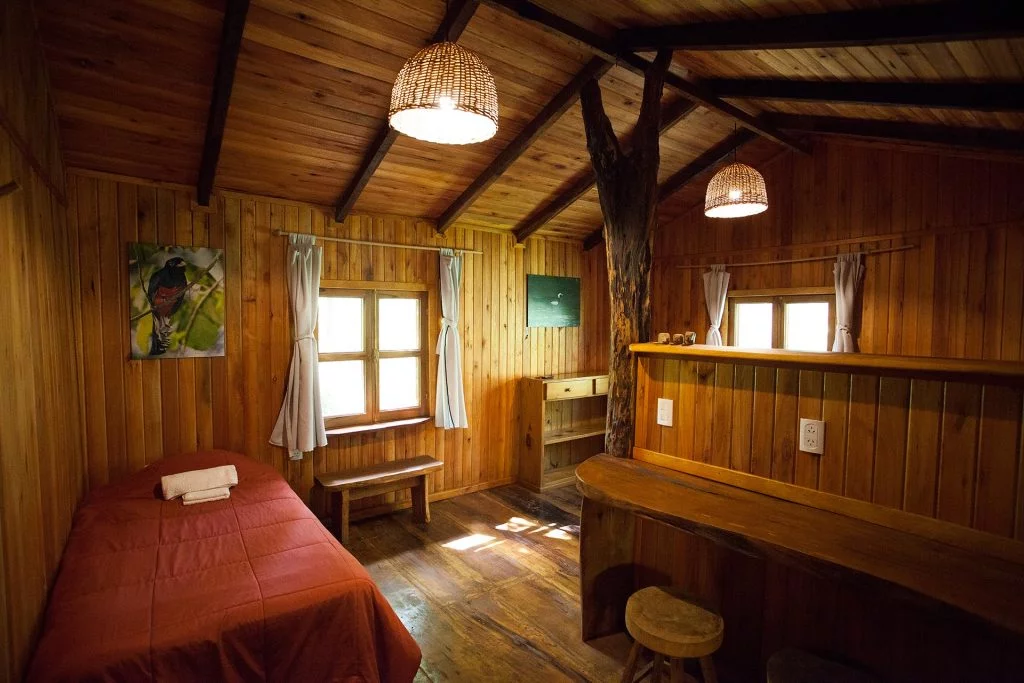





With the help of the Vida Silvestre foundation and about fifty volunteers, more than seven thousand native species seedlings were planted, including palm hearts, anchicos, cedar, guatambú, lapachos and rosewood.
The extensive meadow from seven years ago now exhibits patches of various shades of greens with growing trees, from a few centimeters high up to about two meters for the sturdiest ones. The images show the magnitude of the transformation, and the contrast between the before and after is shocking.

Matías comes from Buenos Aires and stays here one week per month, but he knows each hidden corner of the property better than his partners. He gets excited when he finds a tree of azota caballo – with seeds and birds’ nests among the branches. In an interview with Economis, he explains: “This has a huge share of passion; it’s not a “business”, it is maintained. As I dreamed about having a national park, it gives me something else in return, not only from the economic point of view. But we are facing a strong change in nature and alternatives will emerge to make conservation more business-like, or at least to balance the scale.”

He exhibits a methodical knowledge of each species, its evolution, when they were planted and which effects they will have on the environment. In 2020, he expected to exceed the volume of planted trees.
How did the idea of environmental regeneration come about?
The idea came about after realizing that we were at the center of a biological corridor between Urugua-í and Foerster. It was a gap in need of regeneration, a piece of the puzzle. At first, we thought it would be a spontaneous process, because the scrubland regenerates itself. We didn’t consider planting extensively or monitoring, but it takes a long time for the pasture to regenerate, due to the compacted soil. We have already planted between five or six thousand trees with the Vida Silvestre foundation. For the first few years, we didn’t keep an exact tracking; we were planting, and we had no plans to monitor the best species, the ones that adapted the best or grew faster. We realized over time that it’s important to have the necessary data and to know how it evolves, because this implies a great effort, and we have to know which are the best species for the environment or which are those which better adapt to it. I would recommend this to anyone who wants to start such a project. Data gathering should be as important as planting itself.



The young conservationist also seeks to engage more neighbors. He reflects: “Our agriculture is done at a family-scale, and it is very close to the scrubland. We are surrounded by nature, and we are in front of the Urugua-í Park, which creates a favorable environment for conservation. Argentinians must be the first ones to support this, and citizens from Misiones must embrace nature.”
Far from being a dreamer, Matías shows himself to be a pragmatic decision-maker who avoids easy complaints. He states: “Things change when all conditions for change are met. It won’t happen if we only complain, we must work to generate these conditions.”
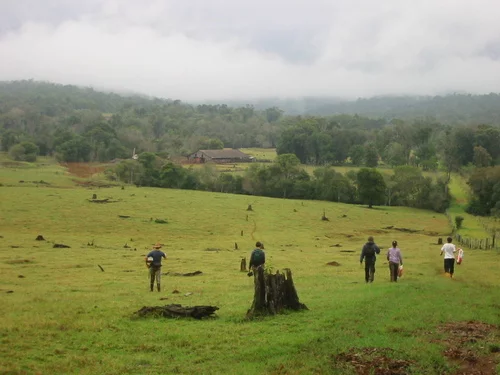







The first trees were planted around the time when his first daughter Bahía, who is now six and a half years old, was born. Mayka is three years old. Malu, his wife, plays a central role as emotional and family supporter, sometimes on the field, sometimes at a distance. He confesses: “I wouldn’t be able to do anything of this without them.” He wants his legacy to be the complete regeneration of the rainforest, and he wants his daughters to inherit his passion for nature and conservation.
This year, he will launch another step on the rewilding of the rainforest. A paca and agouties farm is being built next to the hotel to repopulate the area and to restore the natural balance thanks to their role as seed dispersers.
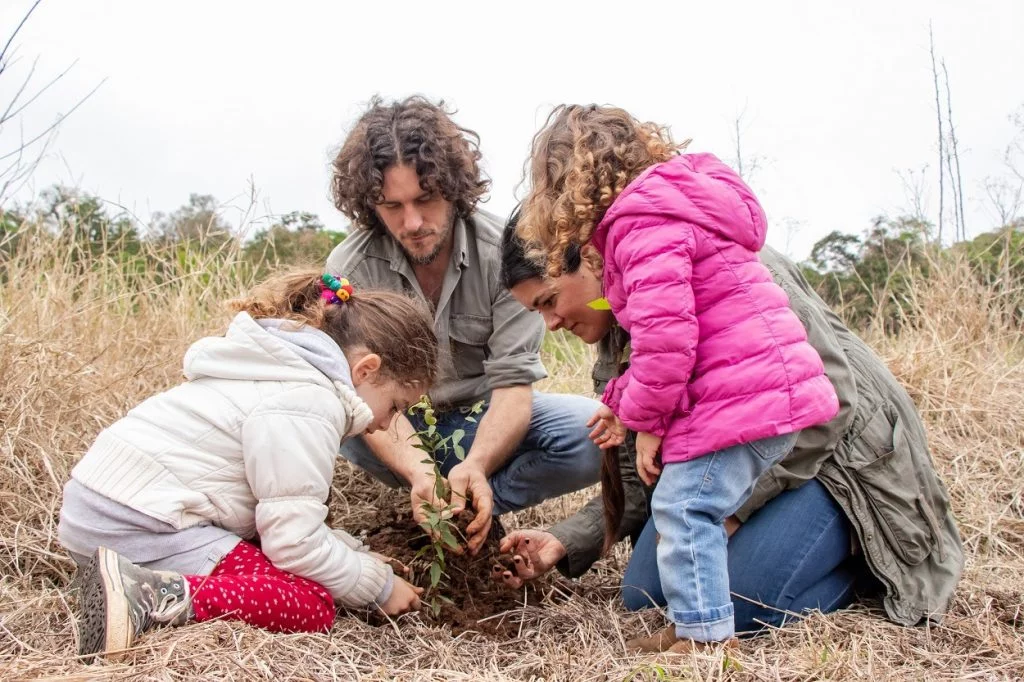
They can also attract larger predators that have not yet been captured by camera traps, such as the yaguareté, which dominates the territory in the Urugua-í Park and the Iguazú National Park, but seems to be reluctant to use the eco-pipeline which crosses over Route 101, at the very entrance to San Sebastián.
Capybaras are already present in the reserve. They benefit from the lake and walk comfortably among the visitors. But the local kings are the birds. All species of toucans paint the sky with their colors. Magpies, woodpeckers, blue manakins, ducks and small birds add music to an atmosphere that is steadily and relentlessly returning to better times.
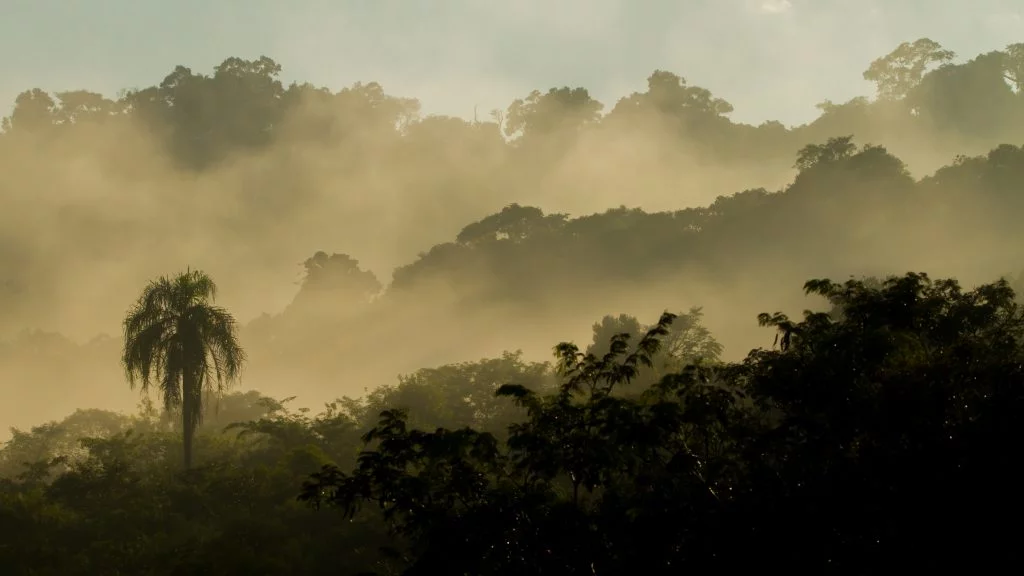





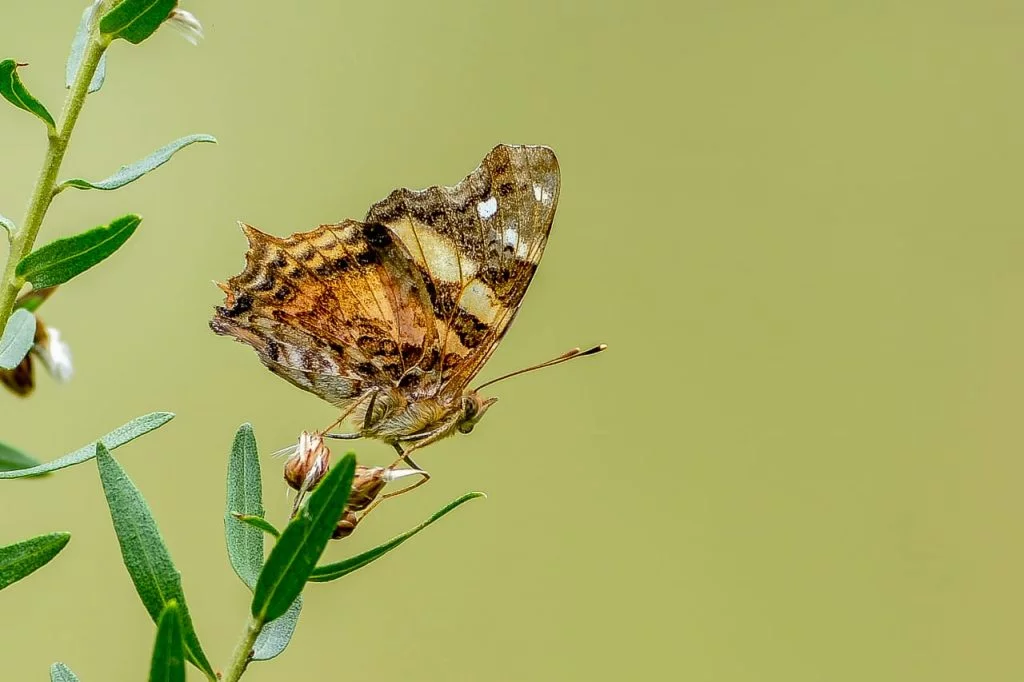
………………………….
Traductor: Valentina Mior
Revisor: Pilar Peyrano
Tecnicatura Universitaria en Traducción e Interpretación en Inglés
UCAMI – Universidad Católica de las Misiones
